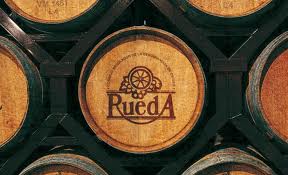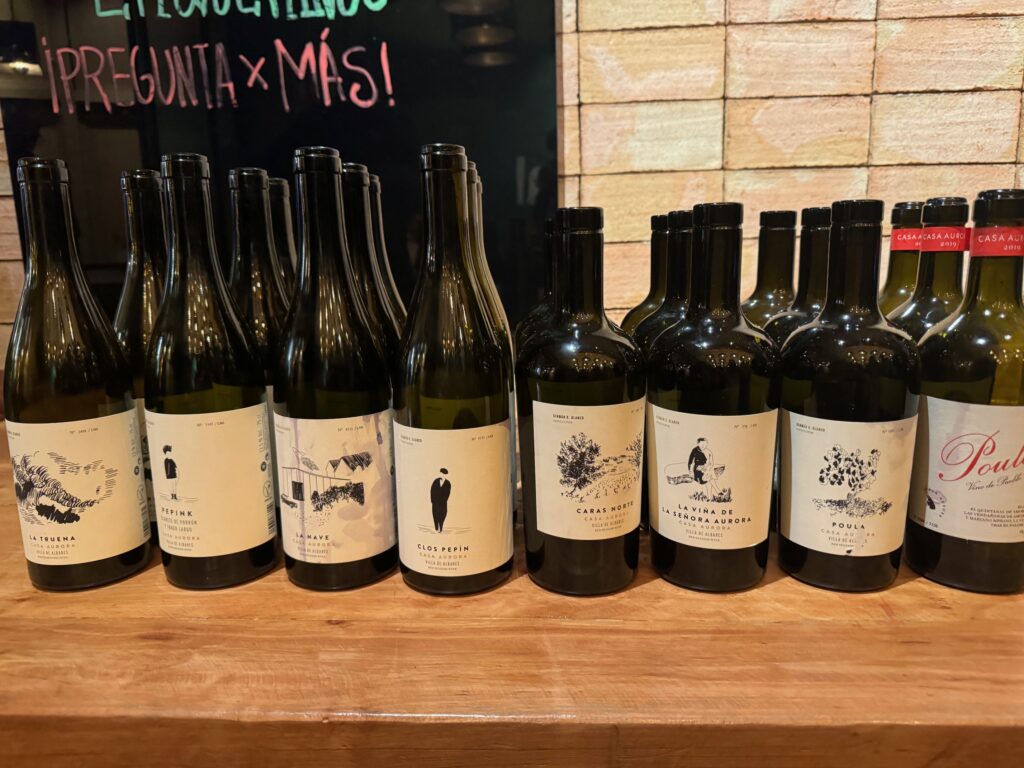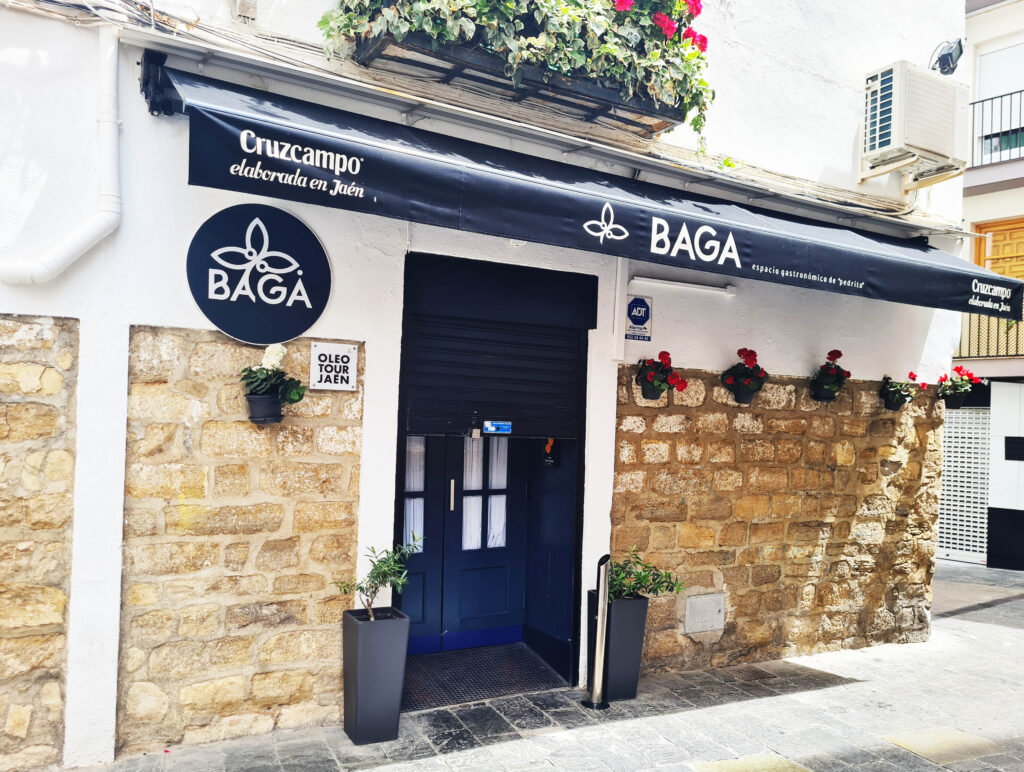
The origin of Rueda wines walks in parallel with the history of Spain. Maybe its origin could coincide with the Alfonso VI reign (in the eleventh century). At that time the Duero river watershade was repopulated by Cantabrians, Basques and Mozarabs. It is believed that the Mozarabs brought the Verdejo variety, the most common grape variety of Rueda wines.
In those days, most of wines –including Sherry– were sold as “young” varieties. However, Rueda wines were the first sold as “old” varieties (and the oldest was more expensive). Since medieval time, in this area of Spain (Castilla y León), bordered by the Duero river, the grapes were harvested when the sugar’s levels were very high and with powerfull yeast. The ancient traditional methods to achieve the Rueda wine included the addition of clays or even blood, usually from ox or bull, to clarify it. Actually, times have changed and the origin’s factors are more important than graduation or aging processes.
The grapes are harvested at the right time of maturity, a key factor for the wine development. The wine harvest is mechanised and it prevents the oxidation of must. To prevent this oxidation, most of the grapes are harvested at night, without the presence of sunlight. So, the grapes arrive into the wineries with low temperatures, 10-15°C (59-60ºF), lower than the daytime temperatures (24-28ºC/ 75-82ºF in September).
Three months later, the wine takes a slightly yellow colour with a fresh and fruity flavor. This is the rigth time to put the “Rueda Verdejo” in the bottles. And this is the most famous Rueda wine: harvester wine, no aging and manufactured applying the latest technologies. Thereby Verdejo is able to show his best primary, powerful and elegant flavor.
After several years working in, the Certificate of Origin “Rueda”(and its native variety, Verdejo) was recognized on January 12th, 1980, by order of the Ministry of Agriculture and it was the first one in Castilla y León. The production area is located in Castilla y León and include 74 villages, 53 of which are located in the southern area of Valladolid, other 17 in the western area of Segovia, and the other 4 in the northern area of Ávila.
Rueda is one of the few European areas specialized in the development of white wine and the protection of their native variety, Verdejo. This variety has a strong personality because the vineyard has learned to survive in a difficults and hostile surrounding
Grape varieties
Verdejo
From small to medium leaf, medium bunch and very short peduncle. Medium, generally spherical or short elliptical berries and seeds tend to be somewhat larger.
Sauvignon Blanc
Originally from French Loire, it have presence in Rueda since the 70s. This grape add a floral component with grapefruit and passion fruit flavors. It have a short growing season, like in the French zone, due to the altitude in Castilla. Small and pentagonal leaf. Small and compact clusters. The berries are wide and ellipctical and they mature earlier than other.
Viura
Its origine was Rioja. Viura variety began to be cultivated in Rueda in the 50s. At that moment, the classical white wine was fermented in wooden barrels. This variety put the aristocratic touch Castilian table wine because the Verdejo’s virtues hadn’t been discovered of Verdejo were yet to be. This strain, called Macabeo in Catalonia, has pentagonal medium to large leaf.
Palomino Fino
In the 30s, Rueda began to plant the Palomino Fino variety, which it’s the origin of “vinos generosos de flor”. This kind of grape has higher performance than other varieties and it’s able to give similar wines to Sherry, very famous at that time. Today thie variety is decreasing.






0 Comments